Sensory exercises
The following movement-based exercises aim to improve mobility and coordination.
These exercises have been designed for people with complex disabilities but can be enjoyed by anyone.
Top tips
- Support participants by gently guiding their body or asking them to feel and mirror your movements.
- Support someone individually or enjoy exercises as a group.
- Make it more sensory by using tactile household objects or surfaces.
- Tactile objects: balls, ribbons, bells, woolly jumper, pillows, rice, tin foil, sponge, beads, buttons, cotton, seashells, shaving foam.
- Tactile surfaces: grass, wood, bark, sand, shredded paper, carpet.
Squat jumps
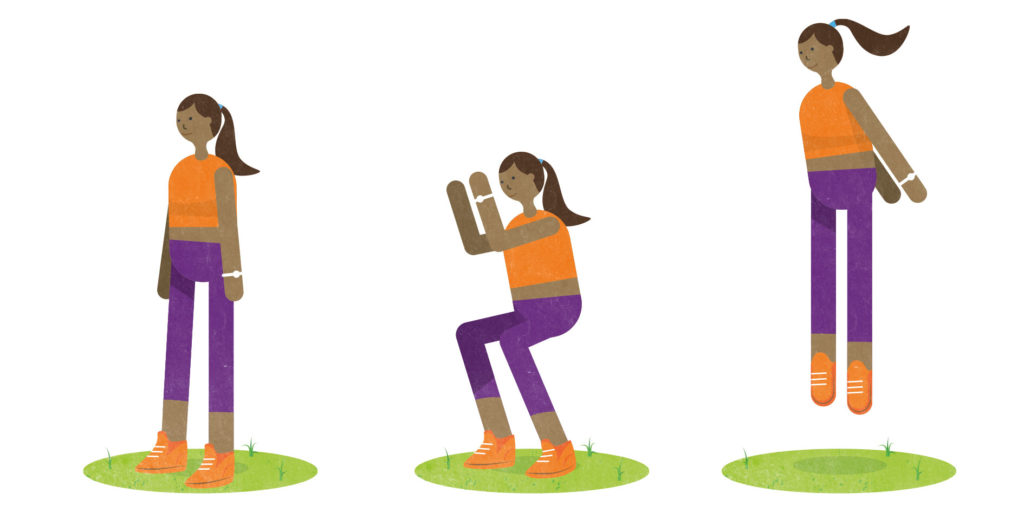
Make it easier: only bend knees
Make it harder: take a wider stance
More sensory: try barefoot on different surfaces
Chair squats
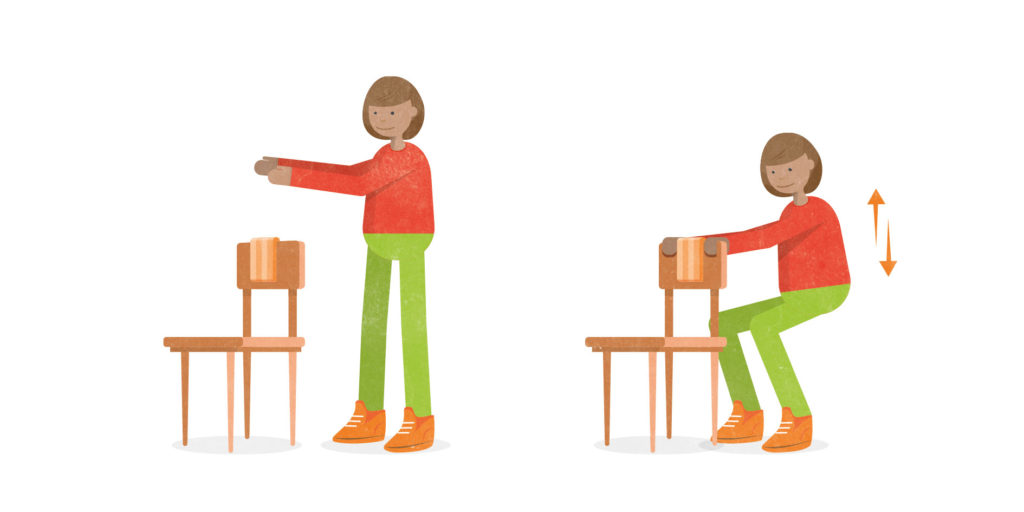
Make it easier: use a taller touch-point
Make it harder: remove the chair
More sensory: place tactile targets on the chair
Seated reach
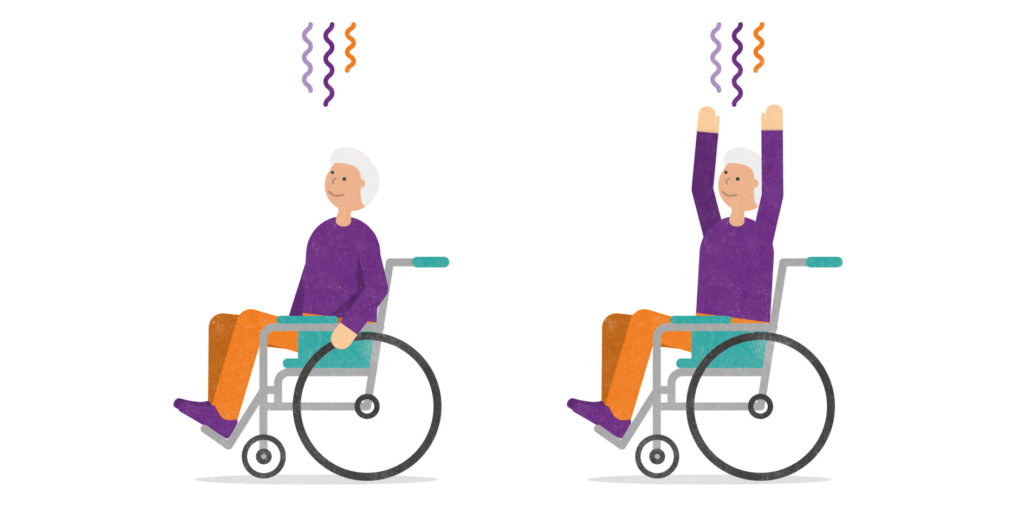
Make it easier: one arm at a time
Make it harder: move the target each time
More sensory: place tactile targets above
Arm circles
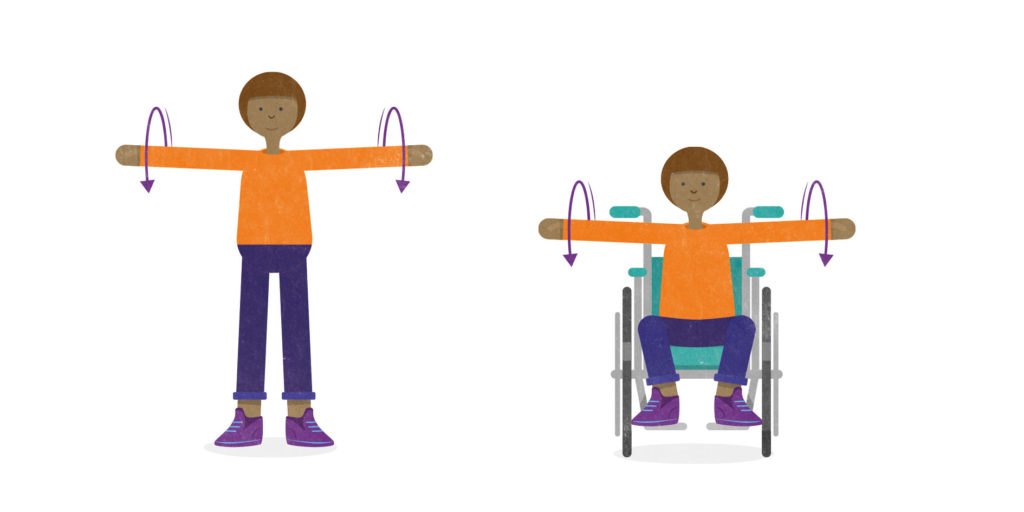
Make it easier: one arm at a time
Make it harder: hold something heavy
More sensory: hold tactile objects in hands
Side bends
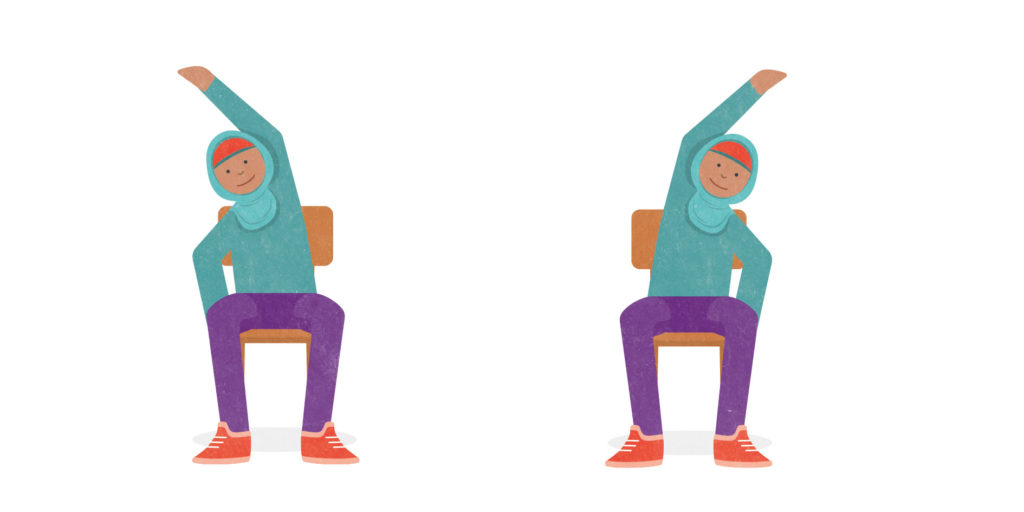
Make it easier: don’t raise arms
Make it harder: hold for 30 seconds
More sensory: place a tactile target to reach such as a balloon
Head swivels
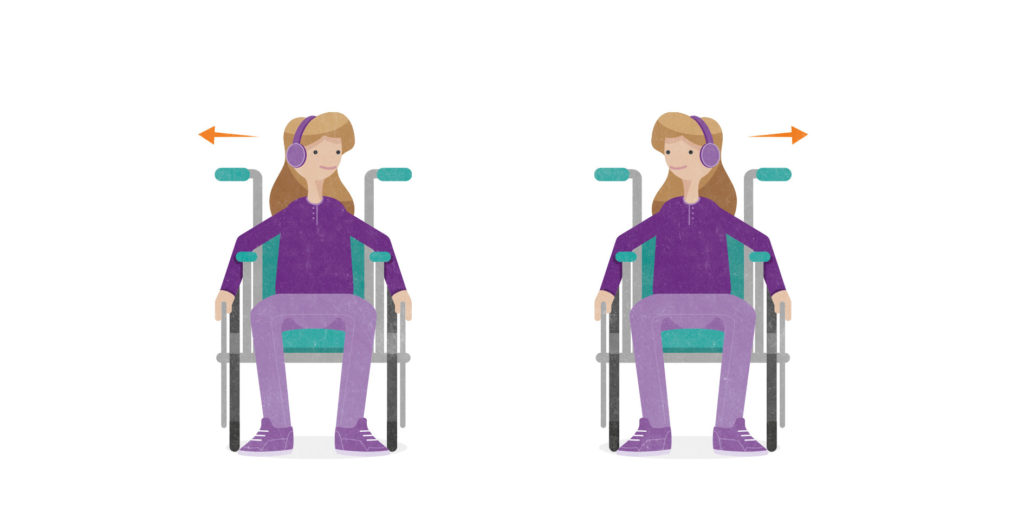
Make it easier: smaller range of movement
Make it harder: touch shoulder with chin
More sensory: add stimulation such as a fan blowing air
Standing lunges
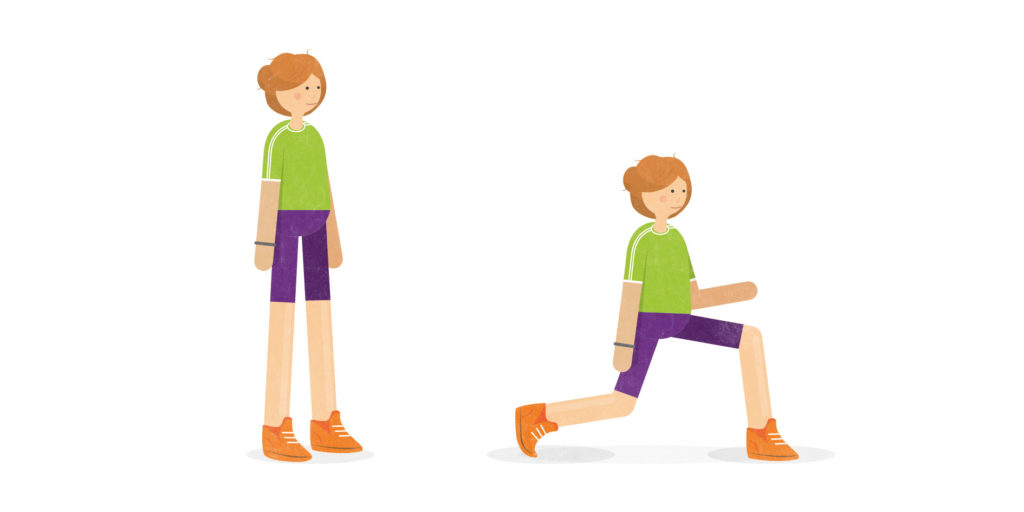
Make it easier: take a smaller step
Make it harder: take a longer lunge
More sensory: try barefoot on different surfaces
Leg raises
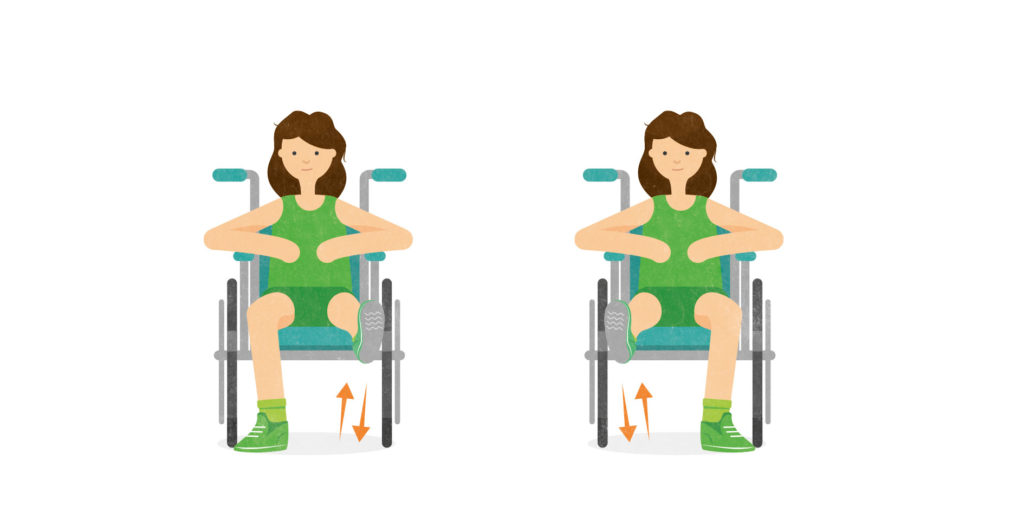
Make it easier: smaller range of movement
Make it harder: place multiple targets
More sensory: try barefoot with tactile targets
Heel raises
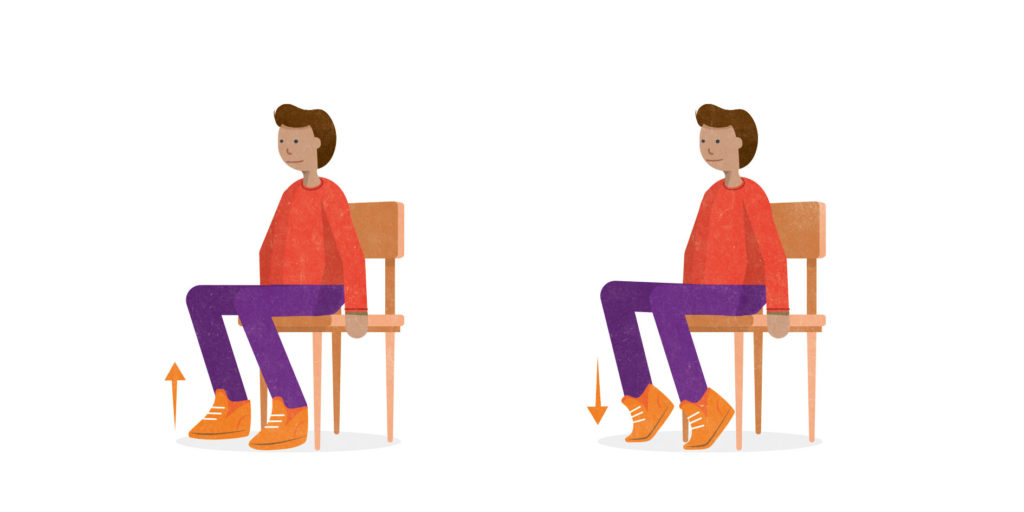
Make it easier: smaller range of movement
Make it harder: use both feet
More sensory: place a tactile object under the feet
Get in touch
We’d love to hear what you think of this resource.
- Have you adapted it in any way to meet the needs of the people you support?
- Have you come up with any new activities and sensory highlights?
- Maybe some of the participants you work with have seen improvements in their health, skills or confidence levels too? We’d love to hear your stories. Please let us know by emailing [email protected] and we’ll be in touch to find out more.
This content was last reviewed in April 2022. We’ll review it again next year.
